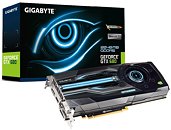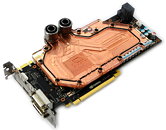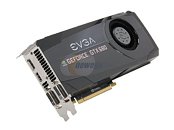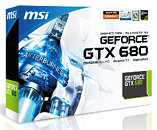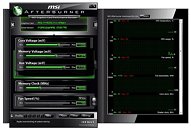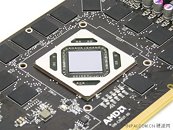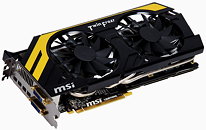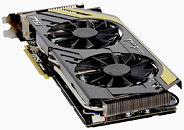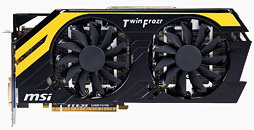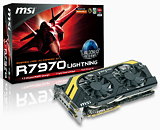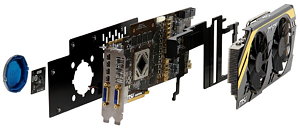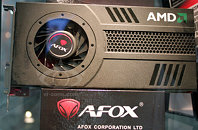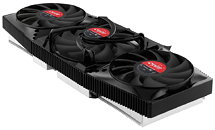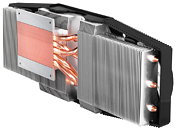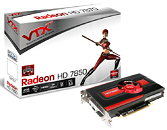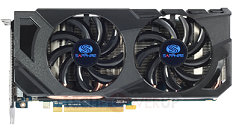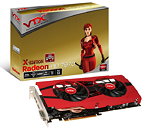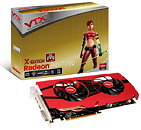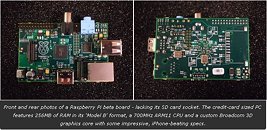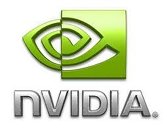
GIGABYTE Out With its GeForce GTX 680
GIGABYTE took its own sweet time launching its GeForce GTX 680, but no harm done. Carrying the product code GV-N680D5-2GD-B, GIGABYTE's graphics card sticks to NVIDIA reference board design, decorated with a slick-looking abstract art. The card also sticks to NVIDIA reference clock speeds of 1006 MHz (core), 1058 MHz (boost), and 1502 MHz / 6.00 GHz effective GDDR5 memory. It is armed with 2 GB of memory sitting across a 256-bit wide memory interface. Based on the 28 nm GK104 GPU, NVIDIA GeForce GTX 680 is powered by 1536 CUDA cores, and a revolutionary, energy-efficient architecture. GIGABYTE GeForce GTX 680 is priced at US $499.
